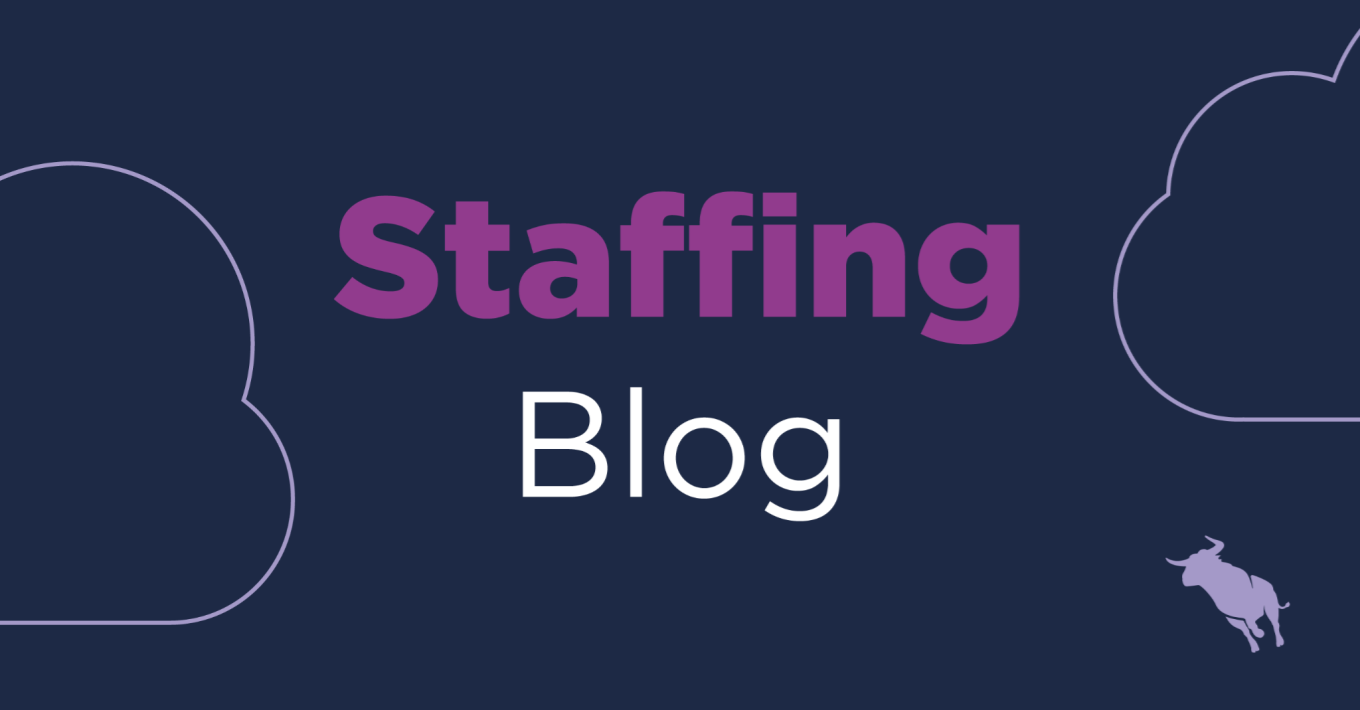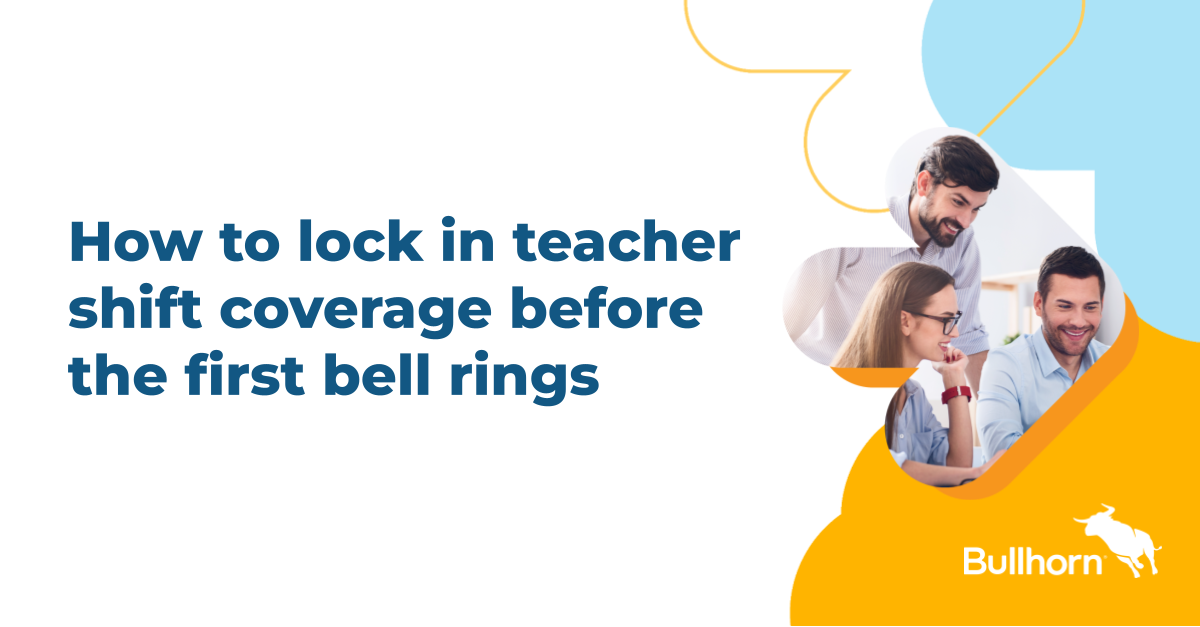10 Tactics to Reduce Candidate No-Shows by 30%

Candidate no-shows cost your firm money. While you can’t physically make your candidates show up on the job, there is a lot you can do to increase attendance among your new hires. Here are 10 tactics you can use to improve communication with your new hires to reduce no shows and improve revenues:
1. Use Data to Make Solid Hiring Decisions
Is Worker A or Worker B more likely to show up and engage on the job?
Some recruiting firms are using data to make intelligent hiring decisions for predictable results.
A recent LinkedIn Global Recruiting Trends Report indicated that recruiting firms are using data to target candidates who are most likely to be successful on the job, eliminating some of those candidates who tend to ghost – whether they don’t have the right skill set, the offer doesn’t resonate with them, or they aren’t getting the resources that they need.
With an ATS loaded with historical data, you can pull insights that aid in hiring more dependable workers in the first place.
2. Overbook Interviews
In a shortage of skilled workers, like we have today, candidate ghosting is inevitable. Candidates have other options, and sometimes you just cannot prevent a no-show.
Overbooking can help. Having an extra qualified candidate or two in the line-up gives you options when your new hire goes silent. It takes extra work upfront to vet out multiple people for the same position, but it sure beats being penalized when you can’t meet requirements.
Tracking your performance over time should give you a solid idea of your no-show rate so that you can boil overbooking down to a perfect science.
3. Create an Air-Tight Onboarding Process
Once you have the perfect hire, you have the responsibility of ensuring a smooth transition from working with your firm to working with your client with a solid onboarding process.
Details like who the candidate reports to, where and when they need to arrive, and what their job duties entail need to be clear. You may want to double-check with the hiring manager or client that every start detail is correct before the candidate’s contract begins.
If you have a few clients who are the bulk of your business, you can even develop a unique process for each one. For instance, your Fortune 500 telecom client might have a new employee orientation day that you can prep your candidate for in advance.
4. Keep Communication on Point
If you tend to follow up last minute, decide on a set follow-up cadence to make sure new hires don’t fall through the cracks. You’ll remind them to show up on their start date, and with an open line of communication between you and the candidate, you’ll also be proactive if unexpected situations arise.
So if the candidate gets sick, or loses access to child care in the days leading up to their assignment, you’ll most likely know. Then, you can help them find solutions or make adjustments to accommodate both your candidate and your client.
On the other hand, radio silence from you can quickly erode the obligation to report for a new assignment.
5. Automate to Avoid Mistakes
Getting candidates to show up can be quite the task, especially if you have other job reqs to work.
That’s where recruiting automation tools, like Automation by Bullhorn, can make a huge difference.
You did the legwork of building a follow-up process, and you’re ready to help your candidates be successful from day one. However, you’re only human, and keeping up with loads of follow-up tasks can quickly get overwhelming.
With the right tools, it’s super easy to automate follow-up emails and calls. You can even use tools like candidate surveys to automatically get feedback on your candidate’s experience.
Checking in frequently and automating your process means you can remove any obstacles they may be facing in becoming an attendance all-star – without being a slave to post-it notes and calendar reminders.
6. But, Don’t Over-Automate
If you’re relying solely on automation to get your new hire to the finish line, you’re not being fully accountable.
Sending out a candidate engagement survey? Check the results and reach out if they express any qualms about starting their new assignment.
Only sending email? Consider adding a few tasks to call your candidate before their start date. Reaching out personally can open up the dialogue between you and your new hire, enabling you to solve any issues that might crop up before day one on the job.
7. Highlight a Path for Advancement
With so many opportunities for candidates, it may not be enough to be the perfect hire today. Cast a vision for your candidates that the first day on their new assignment is the first day of a new opportunity. Sure, a 6-month contract for taking warehouse inventory may sound dull. But, if you can illustrate to your candidate the other doors that can open for them through this avenue, you can remove any doubts they have about the opportunity – even if another opportunity pops up before their start date.
8. Offer Incentives
Some are motivated by fear. Some are motivated by love. And some are motivated by cold hard cash. Just like in grade school, an attendance award can help overcome the main obstacle of succeeding in life – just showing up.
With a bonus for perfect attendance, the only person your candidates are competing against is themselves, making it easily attainable, and well worth the investment on your side to get (and keep) butts in seats.
9. Invest in Your Culture
Imparting the concrete job facts, checking in regularly, and offering incentives can only go so far if a candidate feels ambivalent about your firm.
Creating a positive culture for your candidates and contractors makes your hires feel like they’re part of a community – not just another faceless, nameless placement.
So, throw some awesome swag their way. Host a happy hour or Christmas party for your contractors. Create a network among your hires. Send a handwritten birthday card.
A sense of belonging can go a long way to boost your employment brand and motivate new hires to show up and stay engaged.
10. Don’t Forget to Check in With Your Client
Relationships don’t end when your candidate shows up. Checking in with your client a few days, weeks and months into the contract can help you address red flags head-on, keeping your relationship solid, and keeping your firm top of mind for the next batch of hires.
In recruiting, there’s money in every relationship. So don’t let relationships go cold after you’ve made a placement. Continue follow-up with candidates and hiring managers to reduce no-call / no-shows by 30% and save your firm a boatload of money.








